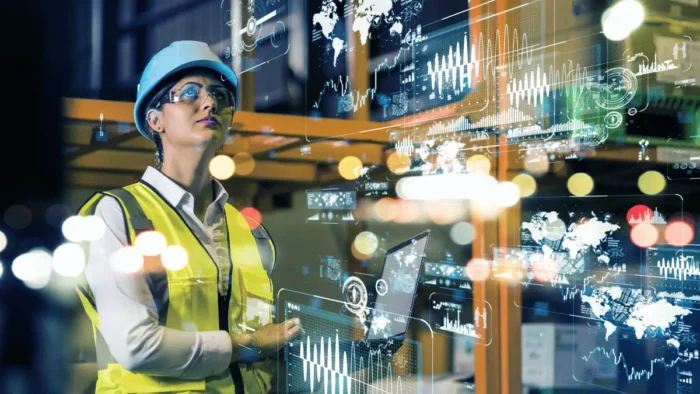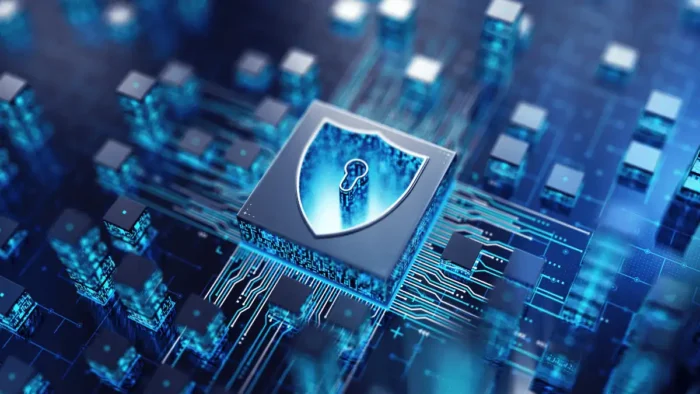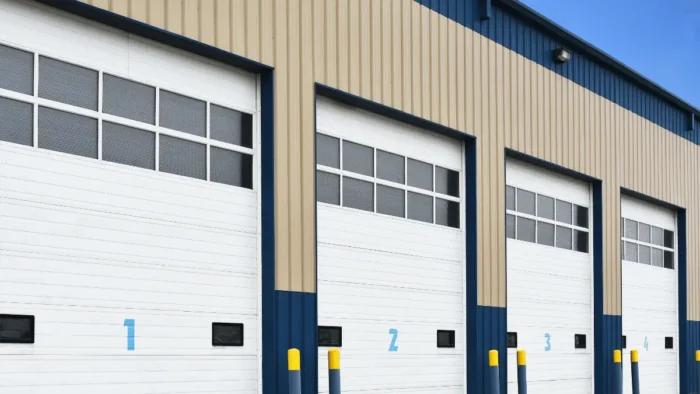In recent decades, industrial automation has dramatically redefined manufacturing processes worldwide. With the introduction of robotics, artificial intelligence (AI), and the Internet of Things (IoT), industries have experienced significant gains in productivity, efficiency, and cost-effectiveness.
However, the journey from manual to automated systems has not been without its pitfalls. Along with the tangible benefits, industrial automation has also brought a shift in security concerns – from physical threats to digital vulnerabilities.
Traditional Security Concerns in Industrial Environments
Traditionally, security in an industrial environment focused primarily on physical threats. Risks were largely centered around machinery breakdowns, worker safety, theft, and physical sabotage. Strategies to mitigate these risks included measures such as employee training, regular maintenance, and security personnel.
Safety Training and Maintenance
Ensuring the safety of the workforce in a traditional industrial environment primarily involved comprehensive training programs that taught workers how to operate machinery safely and efficiently. Regular equipment maintenance was equally important to prevent breakdowns and accidents, ensuring uninterrupted operations.
Theft and Sabotage
Protection against theft and sabotage involved physical security measures. CCTV cameras, alarms, security personnel, and robust access controls were widely used to safeguard assets. These preventive measures helped detect and deter potential intruders, ensuring the physical security of the premises.
Shifting Landscape: Emergence of Digital Threats
With the rise of industrial automation, security landscapes have drastically shifted. The transition from manual processes to digital operations has introduced new vulnerabilities, transforming the nature of threats industries face today. The focus of security measures is now split between ensuring physical safety and protecting digital systems.
Cybersecurity Challenges
In an interconnected industrial setup, the risk of cyber threats has surged exponentially. Automated systems rely heavily on digital networks for operation, creating potential entry points for cybercriminals. Data breaches, industrial espionage, and disruption of service have become significant concerns.
Data Breaches
In an automated setup, massive amounts of sensitive data are routinely processed and stored. This data could include proprietary information about manufacturing processes, supply chain details, and customer data. A breach can expose this information, leading to substantial financial losses and reputational damage.
Industrial Espionage
Industrial espionage is another significant risk in the age of automation. Competitors or malicious entities may attempt to steal trade secrets, patented technologies, or strategic plans by exploiting digital vulnerabilities.
Service Disruption
Perhaps the most alarming threat is the potential for disrupting services. Cyberattacks could cause machinery to malfunction or halt production lines, leading to significant operational and financial impact. In worst-case scenarios, cyberattacks could even risk physical safety if they affect systems controlling hazardous processes or substances.
Evolving Security Strategies
Given these emerging threats, it’s clear that the security strategies of yesterday are insufficient. As industries increasingly rely on automation, the need for robust preventative cybersecurity measures has never been greater.
Security-First Approach
Implementing a security-first approach is crucial. This involves considering potential vulnerabilities right from the design stage of automation systems rather than treating security as an afterthought.
Regular Patching and Updating
Just like regular maintenance was essential in a traditional setup, routine patching and updating are necessary to keep digital systems secure. Regularly updating software and fixing vulnerabilities can prevent many common cyberattacks.
Employee Training
In an era where digital threats are prevalent, employee training needs to expand beyond physical safety. Workers should be educated about potential cyber threats, safe online behaviors, and steps to take in case of a suspected breach.
Advanced Security Measures
Finally, implementing advanced cybersecurity measures is essential. This includes the use of firewalls, intrusion detection systems, encryption, and secure access controls. Additionally, constant monitoring and auditing of network activity can help detect and respond to threats in real time.
Powering Security Applications in Industrial Environments
Industrial environments necessitate unique considerations for their security applications. Powering these applications involves implementing robust hardware and software components that can effectively safeguard digital systems while simultaneously ensuring the physical security of the premises.

Hardware Components
Several key hardware components play a crucial role in the functioning of security systems in industrial environments.
- Sensors and Detectors: These are essential components for detecting potential threats. From infrared sensors for intrusion detection to smoke detectors for fire safety, these devices are the first line of defense in identifying risks.
- Security Cameras: Surveillance systems are a fundamental part of any security setup. Modern security cameras offer high-resolution imagery, night vision, and other advanced features that can capture details effectively, even in challenging industrial environments.
- Access Control Systems: These systems help regulate who has access to sensitive areas within the industrial setup. They can include card readers, biometric scanners, and advanced identification technologies.
- Industrial Routers and Switches: These hardware components provide the necessary infrastructure for secure data transmission across the industrial network. They should be robust enough to withstand the demands of an industrial environment and provide essential security features to protect against potential cyber threats.
- IXON IoT Gateways: As part of industrial routers and switches, IXON’s IoT gateways are the industry standard components that provide the necessary infrastructure for secure data transmission across an industrial network. They are robust enough to withstand the demands of a productive environment and come equipped with essential security features to protect against potential cyber threats.
Software Components
Along with hardware, the software components of security applications are equally critical in securing industrial environments.
- Network Security Software: This includes firewalls, intrusion detection systems (IDS), and intrusion prevention systems (IPS). These software components help protect the network from external threats and unauthorized access.
- Security Information and Event Management (SIEM) Systems: These systems collect and analyze event data in real-time from various network devices. They help in early detection of potential threats and streamline incident response.
- Access Management Software: This type of software controls and monitors user access within the network, preventing unauthorized access to critical systems and data.
- Patch Management Software: This software helps in maintaining the latest updates for all software components in the network, which is crucial in preventing cyberattacks that exploit software vulnerabilities.
- Encryption Software: Encryption is essential for safeguarding sensitive data. Encryption software encrypts data at rest and in transit, protecting it from potential breaches.
- Power Source: Reliable power supply is crucial for the uninterrupted functioning of security applications. Uninterruptible Power Supply (UPS) systems and backup generators are vital to ensure security systems remain operational, even during power outages.
Balancing Automation Advancements and Emerging Threats
As industrial automation continues to evolve, so too will the threats that industries face. While the shift from physical to digital has brought about countless benefits, it has also introduced new vulnerabilities. Thus, the need for robust and dynamic security measures that encompass both physical and digital domains cannot be overstated.
Only through a comprehensive approach to security can industries fully reap the benefits of automation while safeguarding their operations from potential threats. In the future, we will likely witness a blend of AI, machine learning, and predictive analytics being utilized more heavily in the realm of security.
These technologies can aid in detecting and responding to threats more rapidly and accurately than ever before. Furthermore, industries need to establish partnerships with cybersecurity experts and invest in ongoing staff training to ensure they are prepared for the evolving threat landscape.





